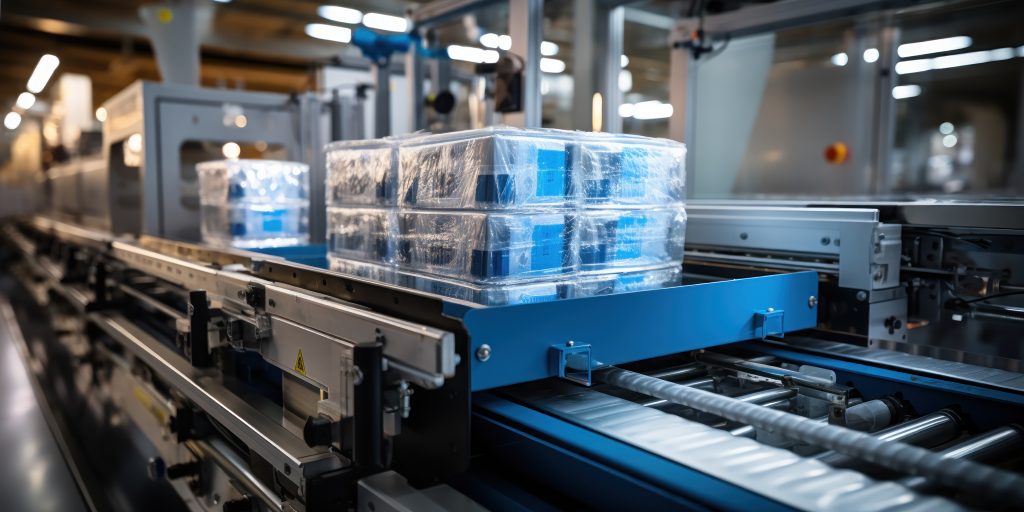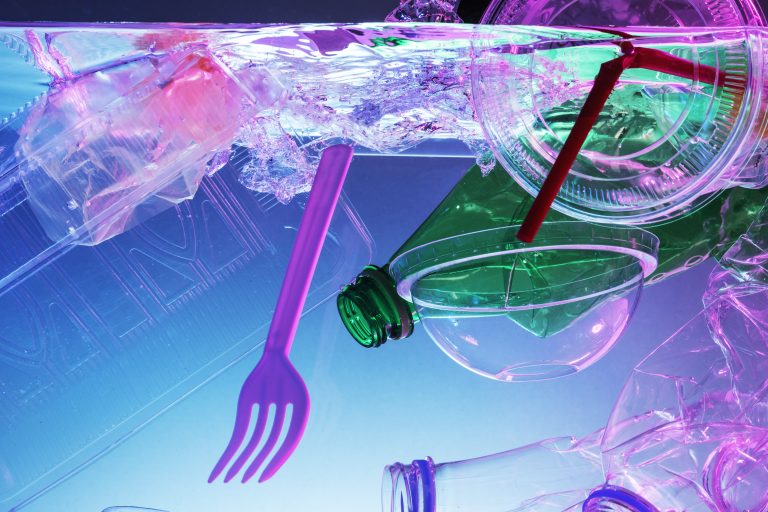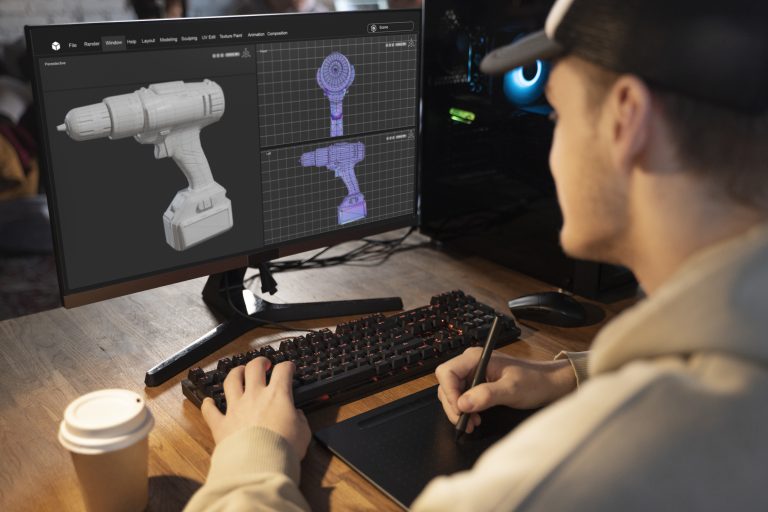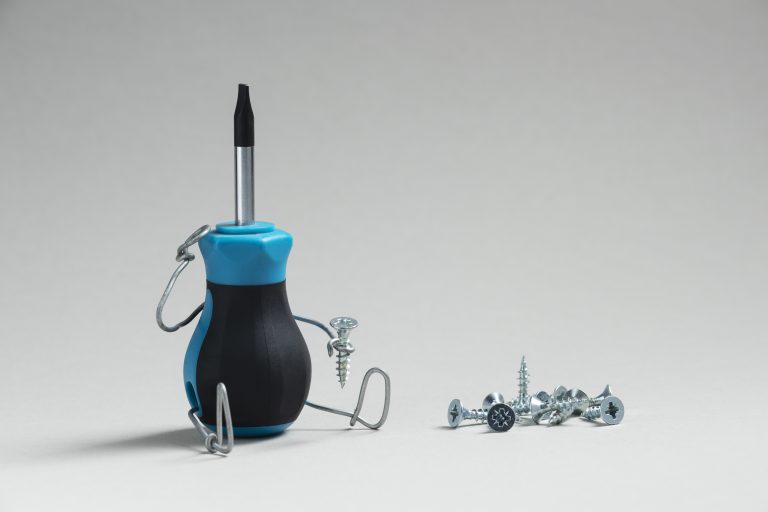Plastic injection moulding is one of the most efficient manufacturing methods of high-volume production available today. The plastic injection moulding process is straightforward and compatible with many sectors, including construction, industrial, homeware, retail and medical.
Put simply, molten plastic materials such as polymers or thermoplastics are injected into a specially designed mould cavity. This creates the required shape for the final plastic component. The contents of the mould are rapidly cooled and allowed to harden before being pushed out of the mould, ready for quality inspection. The process can be fully automated and customised for each order. This enables quicker turnaround rates, easier production of intricate parts and reduced wastage and costs.
Plastic Injection Moulding Process: Stage by Stage
The process starts with the raw plastic material being chosen and prepared to go into the injection moulding machine. The material normally comes in the form of pellets or granules. The type and colour of the plastic material are important, as it will affect the look and properties of the final product. Polymers are valued for their versatility and use across multiple sectors. They can be categorised into two broad categories: thermoplastics and thermosets.
Some commonly used polymers include polyvinyl chloride (PVC), which is soft and malleable with excellent insulating properties. Polypropylene (PP) is used in its flexible form to make plastic film for packaging and labelling, as well as textiles such as carpet fibres. In its hard form, it is ideal for storage containers and plastic bowls. Polyethylene terephthalate (PET) is valued for bottles, containers and other food and drink packaging. There are many other plastic materials that can be used in the plastic injection moulding process.
Once the plastic has been chosen, the correct pellets or granules are fed into a hopper and melted at high heat into liquid (molten) form. The molten plastic is then injected under pressure into a mould, which can be single or multi-cavity, depending on the chosen design specifications. The mould design specifications are drawn up and approved during the project briefing and preparation stage. Often, injection moulds can be repurposed after the project. However, each project will have its own, bespoke mould design to match customer requirements perfectly.
Once settled, the plastic is left to cool inside the mould. This is after checking that it has flowed inside correctly, that the mould is still intact and that there are no empty spaces or air bubbles that could compromise the final quality. The more quality checks that can be done at this stage, the easier the final testing processes will be. The mould is made up of two parts: the injector mould that shapes the plastic and the ejector mould that pushes the cooled and solidified product out of the machine. The plastic injection moulding process can produce a wide range of styles, shapes, colours and finishes and all of these must conform to expected standards.
Once the part has been ejected from the machine, it is thoroughly checked for any defects or problems. Some potential issues could include blistering, colour streaking, burn marks, crazing and warping. All of these will lead to the part being rejected and the process starting again.
Benefits of Plastic Injection Moulding
Plastic injection moulding offers many advantages to manufacturers across various industries. High-volume production means that larger numbers of parts can be made quickly and for a lower cost per unit. Repeat orders are straightforward to arrange, so long as the moulds and customer specifications are retained. Thanks to the versatility of the process, tweaks to original designs can also be made for future orders. There is a wide choice of plastic materials available, all of which offer different properties and finishes.
Customers can also specify colours to match their branding, for example, or add printing for bespoke orders. The intricacy of the moulds can allow for highly complex designs and the use of more than one type of material for completed orders. There is little waste, as many plastic materials can be recycled. This also helps lower production costs. Finally, so long as quality control checks are passed, there is generally little to no post-processing required. Additional services, such as cleanrooms and other assembly services are also available to keep the whole process together under one roof.





